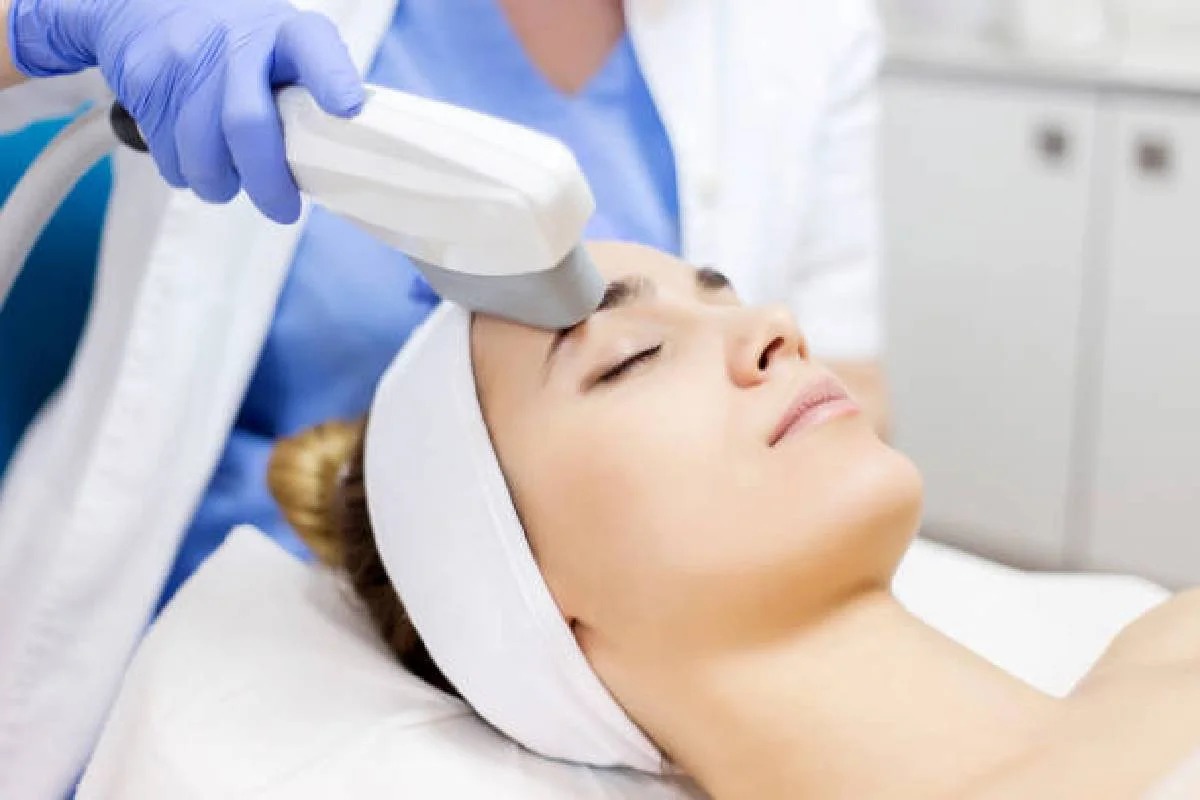
How to Get Rid of Wrinkles: Treatments and Prevention Tips
Wrinkles are a common theme for everyone as they grow old. Countless hours in the sun cause your skin to lose its elasticity, which first manifests as fine lines. And these eventually go on to form wrinkles.
People associate wrinkles with old age. However, the process begins as early as 25 years of age and worsens as you grow older. This is why it’s important to treat wrinkles as soon as possible.
So in this article, we’ll discuss the latest treatments for wrinkles as well as tips you can use to prevent them from developing in the first place.
Table of Contents
Current treatments for wrinkles
Current treatments for wrinkles include medicines, laser resurfacing, dermabrasion, surgery, botox, and ultherapy. Let’s discuss each of these in detail now.
Medicines
Retinoids — which are made from vitamin A — have proven to be the best treatment for wrinkles so far. They cause collagen to grow, which is the major protein that makes up your skin. This promotes skin elasticity and compensates for the damage caused by the sun.
Other medicines that can improve wrinkles include:
- Antioxidants such as vitamin A, C, and E
- Glycolic acid
- Alpha hydroxy acids
It’s a good idea to discuss these with your doctor.
Botox
There are tiny muscles under your skin that contract to make wrinkles more prominent.
Injecting botox (a toxin made from bacteria) under the skin causes these muscles to relax, which weakens their pull on the skin. This loosens up the skin and reduces wrinkle formation.
Anti wrinkle injections containing botox are one of the safest treatments for wrinkles, so it’s a good idea to discuss them with your doctor.
Laser Resurfacing
Laser resurfacing is a procedure where a laser is used to destroy damaged skin cells. This treatment is especially effective for wrinkles around the eyes and the forehead.
However, people with acne and dark skin tones might not benefit from laser resurfacing and may need another treatment.
You may notice swelling and itching after the procedure, which usually goes away in a few days.
Also, depending on the type of laser used, it may take 2-3 weeks for your skin to recover completely, which is important to keep in mind when planning to undergo this treatment.
Dermabrasion
This process removes the upper layer of your skin, which is called the epidermis. When performed by a professional, this results in a significant improvement in your wrinkles.
However, there are a few downsides to this procedure, including infection, scars, and skin color changes.
Here is more information about how dermabrasion is performed and what it can do for you.
Surgery
A facelift is a cosmetic procedure in which the skin is tightened to remove wrinkles. It can also involve removing fat under the skin or excess skin itself. If the amount of skin that needs to be treated is small, you can undergo a smaller procedure called a ‘mini facelift’.
Complications of a facelift procedure include infection, pain, swelling, and loss of hair at the site of surgery.
Ultherapy
Ultherapy is a relatively new treatment. It uses sound waves (i.e. ultrasound) to cause damage to small areas of the skin. The body responds to this damage by building new collagen, which helps reduce wrinkles.
Ultherapy is usually safe but some people might experience pain, scarring, and swelling after the procedure.
Tips for wrinkle prevention
Treating wrinkles can be a hassle and almost all treatments have potential side effects. This is why preventing wrinkles is better than treating them.
You can prevent wrinkle formation by using sunscreens and moisturizers, eating a healthy diet, getting adequate sleep, and avoiding cigarette smoke. Let’s take a deeper look at each of these.
Block the sun
Applying sunscreen is the most effective way to prevent wrinkles. Sun rays contain ultraviolet (UV) rays, which directly harm the skin.
You should choose a sunscreen with an SPF of 30-50. The higher the SPF, the better the sunscreen at preventing skin damage.
Make sure to apply sunscreen 15-30 minutes before going outside and reapplying it every two hours (because the skin absorbs it). If you wear make-up, sunscreen should be applied first.
Additional ways to limit sun exposure include wearing hats and clothes that cover your arms and legs.
Use moisturizers
Dry skin promotes wrinkling of the skin. Moisturizers hydrate the skin, making it resistant to wrinkle formation. They also prevent the deepening of already formed wrinkles.
The skin naturally gets drier with age, which is why moisturizers are an effective way to keep it hydrated as you grow older.
You might want to get one with hyaluronic acid and vitamin C for extra skin benefits.
Eat a healthy diet
Cutting down on sugar and carbohydrates is beneficial for the skin. That’s because excessive sugars bind to collagen in the skin. This negatively affects the integrity of your skin and promotes wrinkles.
On the other hand, consuming healthy fats, vitamins, and plenty of water promotes healthier skin. Antioxidant-rich foods like fruits and vegetables also slow down the signs of aging.
Sleep well
Your body repairs various tissues when you sleep, including the skin. It also removes toxins from the blood, which improves skin health. This means sleeping at least 6-8 hours each night is essential for healthy skin.
Plus, a lack of sleep causes the release of hormones like cortisol, which negatively affect the skin.
Avoid smoking
Skin damage is one of the harmful effects smoking has on the body. That’s because certain chemicals found in cigarette smoke directly damage collagen in the skin. They also decrease blood flow to the skin, which limits the amount of oxygen and nutrients it receives. All these factors combine and may give rise to wrinkles.
Unfortunately, quitting smoking is not easy. But it’s possible. Here are some helpful tips to get you started.


